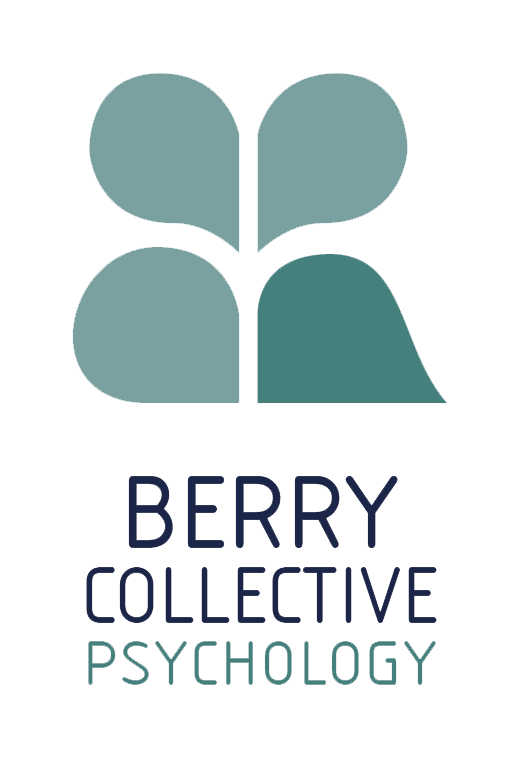Yoga For Mental Health — A trauma informed Approach to Yoga
by Chloe Smith
The goal of Trauma-Informed Yoga is for the individual to begin experiencing the body as a safe place.
Yoga is a practice that utilises breath, movement, eastern philosophy, and meditation with an aim to instil a sense of harmony within the mind and body. To experience these effects, the ability to regulate one’s nervous system throughout practice is required. Returning to homeostasis throughout practice can prove challenging, especially for those who are currently experiencing dysregulated states often, or those who find the traditional directive and disciplined style of yoga intimidating.
Trauma-Informed Yoga takes this into consideration and offers a more inclusive and holistic approach through the weaving together of psychology, yoga, and social justice. There is a primary focus on re-learning how to self-regulate when hyper- or hypo-arousal occurs. There is also the aim to integrate experiences of trauma through simple body movement and awareness.
In practice, Trauma-Informed Yoga is built on the four guiding principles below.
These principles have shown to offer effective relief for those experiencing challenges in their mental health (Emerson and Hopper, Overcoming Trauma Through Yoga, 2011).
1. Experiencing the Present
Cultivating body awareness in the here and now, as well as noticing with compassion when dysregulated states are triggered.
2. Making choices
Identifying choices that are available and having a say in how to listen and respond to the body and emotions.
3. Taking Effective Action
Experimenting with actions that support up/down regulation to enhance a sense of agency.
4. Creating Rhythms
Cultivating a sense of consistency and patterns to enhance the capacity to feel in sync with self and others.
Trauma-Informed Yoga will prioritise these four principles, and in doing so will aim to enhance a sense of safety within the participants’ nervous system. Participants can then experience the freedom to ‘live in the present moment in a way that is congruent with inner and outer rhythms of life’ (Sarah Ball, Key Principles of Trauma Sensitive Yoga, 2016).
Invitation to practice ‘experiencing the present moment’ with Hand Sensing:
You may like to explore body sensing (interoception) through sensing your hands. In your own time, with your eyes open, begin to examine your right hand as closely as you feel comfortable. Really notice details of the hand, both front and back. Then, as you feel ready, you might look away or close your eyes if it’s comfortable for you, and feel the right hand, experiment with feeling the sensations that make up your right hand. Perhaps you sense your hand as a field of sensation. If this feels abstract, you can experiment with the same practice with any body part. If there is little sensation, this is ok. Simply continue experimenting. You might like to open and close your eyes, moving between seeing the body and sensing the hands (or other body part) several times, then release the practice. (Adapted by Sarah Ball from Richard Miller iRest Yoga Nidra program for healing PTSD, 2015, p.65)
We can help.
Here at Berry Collective Psychology, we have a dedicated team that can help support you on your journey of healing and recovery.



